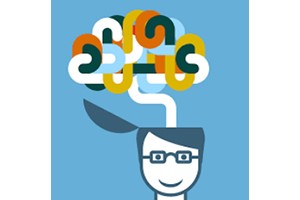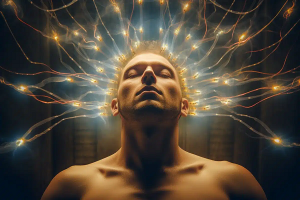Scientists Have Found Where Nicotine Addiction Can Be Blocked in the Brain
Brain researchers have pinpointed a small group of brain cells that are especially responsive to nicotine, and which might be the main culprits in driving addiction to the substance.
Brain researchers have pinpointed a small group of brain cells that are especially responsive to nicotine, and which might be the main culprits in driving addiction to the substance.
By tweaking these neurons in mouse brains, scientists were able to curb nicotine addiction in the animals. Not only have their results solved an important piece of the nicotine addiction puzzle, but they could also lead us towards new treatments for the problem.
The Rockefeller University researchers has been digging around brain chemistry to identify potential new drug targets that could help curb the addiction.
They focussed on two small brain regions located in the midbrain - the evolutionary older part of vertebrate brains, and one of the many brain features we share with mice.
These two interconnected regions - the medial habenula and the interpeduncular nucleus (IPN) - are known to be involved in drug dependence, and also contain the receptors that nicotine binds to once it enters the bloodstream and crosses into the brain.
Normally, when the brain gets a nicotine hit, the habenula sends a signal to the IPN that decreases the pleasurable effects of the drug, thus limiting nicotine intake. But one of the hallmarks of nicotine addiction is getting desensitised to the drug and needing to smoke more.
Using mice that had been drinking nicotine-laced water for six weeks, the researchers found that chronic exposure to nicotine actually changes a group of neurons they dubbed Amigo1. These cells release two different neurotransmitters that blunt the signal from the habenula.
To see if the Amigo1 neurons really are addiction drivers, the team fiddled with the expression of one of the genes that encode for the nicotine receptors in these cells.
Then they placed the nicotine-hooked mice in an environment where the animals could choose whether to hang out in the chamber where they previously got the drug-laced water, or another area (this is called "conditioned place preference").
Sure enough, the mice whose Amigo1 neurons were silenced didn't show a nicotine preference, while their addicted kindred kept coming back to the chamber for more.
Even though so far we only have seen these results in mice, we do share similar brain structures with these animals, so the researchers are confident we can learn something about human addiction here.
Now that the researchers know where to look, they'll be further investigating how to manipulate the Amigo1 neurons in order to discover new ways to target nicotine addiction.
Resource: Sciencealert





Related Posts